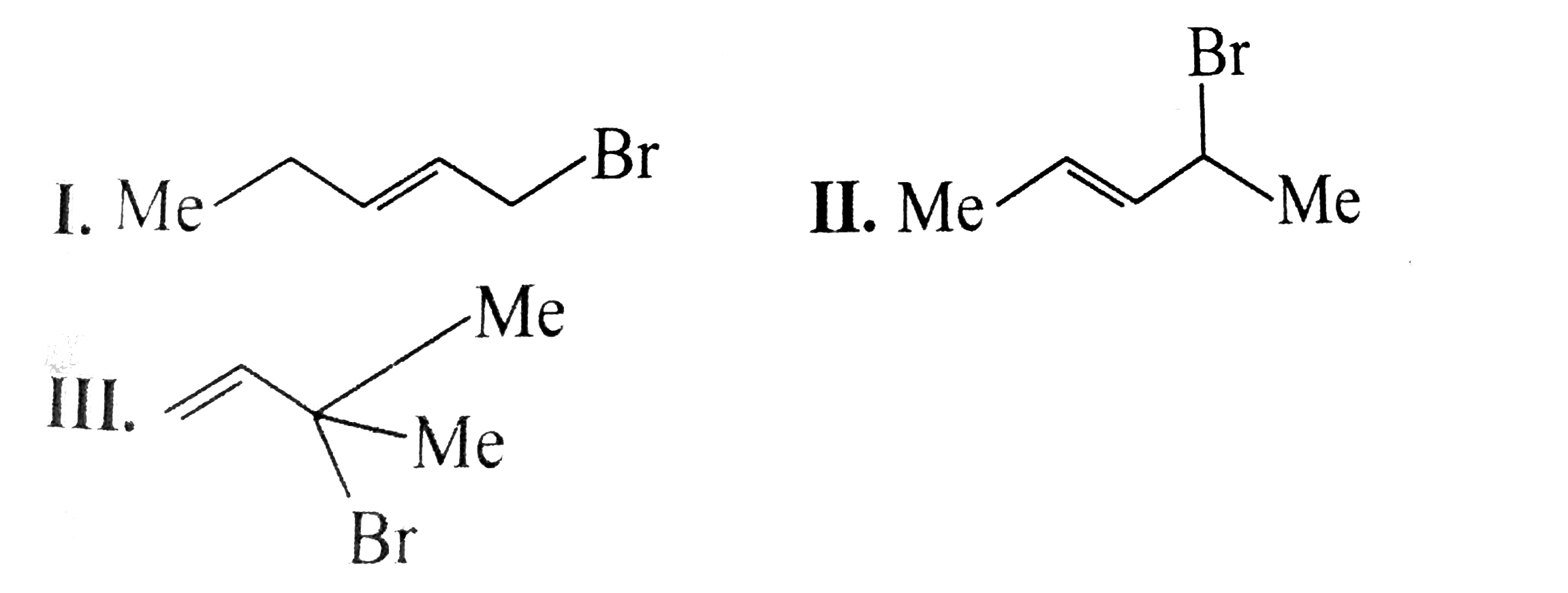When changes to in a reaction
It loses two protons
It gains two electrons
It loses two electrons
It gains two protons
The correct Answer is:C
To solve the question of how Sn2+ changes to Sn4+, we can follow these steps:
Step 1: Write the reaction
We start with the initial and final states of the tin ion:
\( \text{Sn}^{2+} \rightarrow \text{Sn}^{4+} \)
Step 2: Analyze the charges
Next, we need to analyze the charges on both sides of the equation:
- On the left side, we have Sn2+, which has a charge of +2.
- On the right side, we have Sn4+, which has a charge of +4.
Step 3: Determine the change in charge
To balance the charges, we note that:
- The change in charge from +2 to +4 is an increase of 2 units of positive charge.
Step 4: Identify electron loss
Since the charge is increasing, this indicates that the tin ion is losing electrons. Each electron carries a charge of -1. Therefore, to increase the positive charge by 2, Sn2+ must lose 2 electrons.
Step 5: Write the balanced half-reaction
We can now write the balanced half-reaction to show the loss of electrons:
\( \text{Sn}^{2+} \rightarrow \text{Sn}^{4+} + 2e^- \)
Final Conclusion
Thus, when Sn2+ changes to Sn4+, it loses 2 electrons.
---
We start with the initial and final states of the tin ion:
\( \text{Sn}^{2+} \rightarrow \text{Sn}^{4+} \)
Next, we need to analyze the charges on both sides of the equation:
- On the left side, we have Sn2+, which has a charge of +2.
- On the right side, we have Sn4+, which has a charge of +4.
To balance the charges, we note that:
- The change in charge from +2 to +4 is an increase of 2 units of positive charge.
Since the charge is increasing, this indicates that the tin ion is losing electrons. Each electron carries a charge of -1. Therefore, to increase the positive charge by 2, Sn2+ must lose 2 electrons.
We can now write the balanced half-reaction to show the loss of electrons:
\( \text{Sn}^{2+} \rightarrow \text{Sn}^{4+} + 2e^- \)
Thus, when Sn2+ changes to Sn4+, it loses 2 electrons.
Topper's Solved these Questions
- REDOX REACTIONSBOOK - A2ZCHAPTER - REDOX REACTIONSEXERCISE - Balancing Of The Equation
28 Videos
- REDOX REACTIONSBOOK - A2ZCHAPTER - REDOX REACTIONSEXERCISE - Stoichiometry In Redox Reactions
44 Videos
- P BLOCK ELEMENTS ( Group 13 -14)BOOK - A2ZCHAPTER - P BLOCK ELEMENTS ( Group 13 -14)EXERCISE - Section D - Chapter End Test
30 Videos
- S BLOCK ELEMENTS ( GROUP 13 - 14)BOOK - A2ZCHAPTER - S BLOCK ELEMENTS ( GROUP 13 - 14)EXERCISE - Section D - Chapter End Test
29 Videos
Similar Questions
Knowledge Check
SN1 reaction is.
Asingle step reationBa reaction involving free readical intermediateCtwo step reactionDtwo step and reaction intermediate is carbocationSn2+ can be distinguished from Sn4+ by
Apassing H2SBadding Fe[Fe(CN)6]Cadding CuCl2 solutionDnone of these.
Sn1 and Sn2 reaction
View SolutionSN1 and SN2 reaction
View SolutionSN1 and SN2 Reaction
View SolutionFor the cell reaction :
Sn(s)+Pb2+(aq)→Sn2+(aq)+Pb(s)
E∘Sn2+∣Sn=−0.140,E∘Pb2+∣Pb=−0.126V
Calculate the ratio of concentration of Pb2+ to Sn2+ ion at which the cell reaction be reversed .
View SolutionWhich of the following halides will be most reactive in SN2 reaction and SN2 reaction respectively?

View SolutionSn1 Substitution Reaction
View Solution
